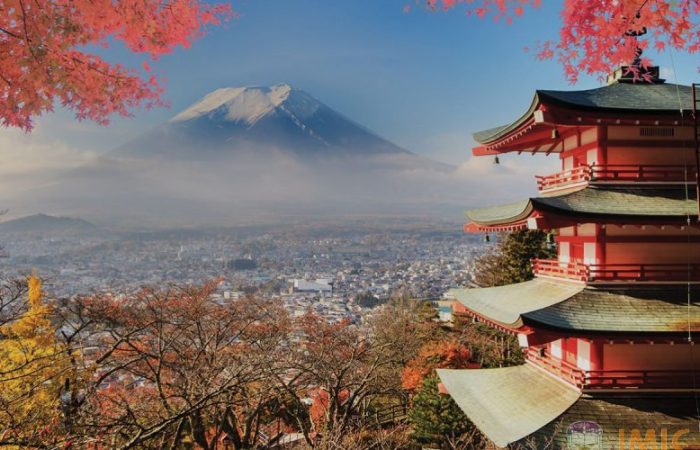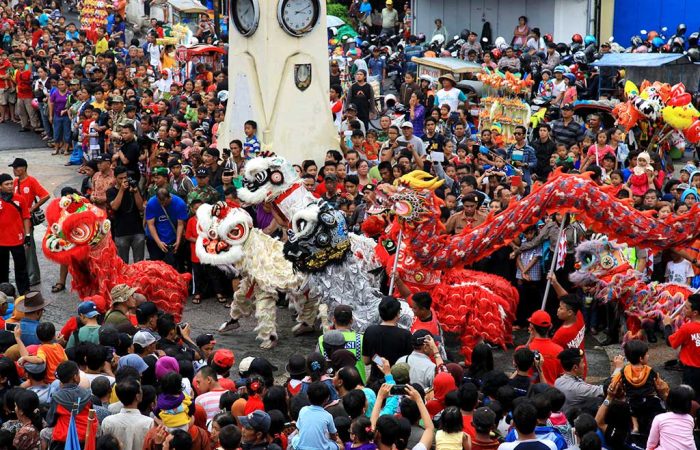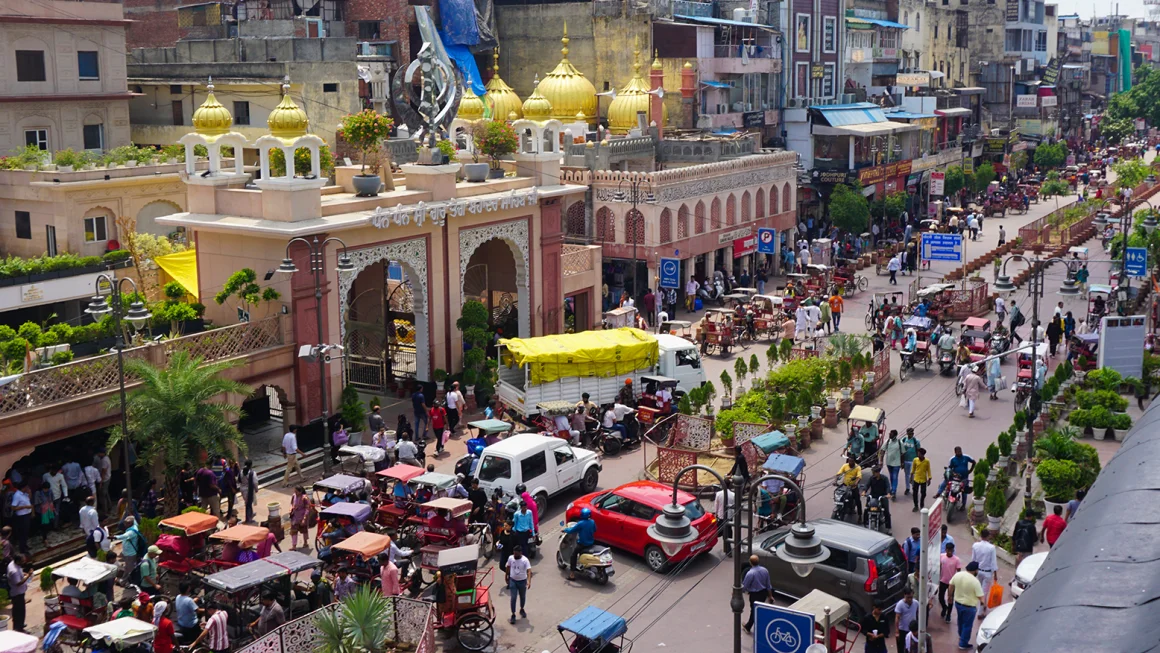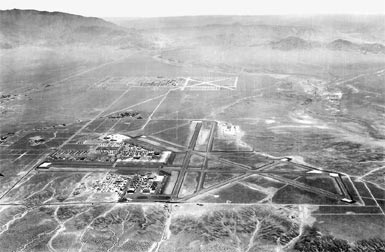Jepang dikenal slot server thailand super gacor sebagai salah satu negara yang sangat maju dalam bidang teknologi dan inovasi. Dengan sejarah panjang dalam penelitian dan pengembangan (R&D), Jepang telah menjadi rumah bagi beberapa universitas yang berperan penting dalam menghasilkan inovasi-inovasi terdepan. Universitas-universitas ini tidak hanya unggul dalam pendidikan, tetapi juga dalam kontribusinya terhadap riset dan pengembangan teknologi yang mendunia. Berikut adalah beberapa universitas terbaik di Jepang yang berfokus pada teknologi dan inovasi.
1. Universitas Tokyo (The University of Tokyo)
Fakultas Teknik Universitas Tokyo adalah salah satu yang terbaik di Jepang, yang terkenal dengan risetnya dalam bidang robotika, kecerdasan buatan (AI), dan teknologi informasi.
Todai juga memiliki sejumlah pusat penelitian inovatif, seperti Institute of Industrial Science (IIS) yang memiliki kolaborasi dengan industri untuk mengembangkan teknologi baru, serta Research Center for Advanced Science and Technology (RCAST), yang mendukung penelitian lintas disiplin dalam bidang teknologi dan ilmu terapan. Dengan dukungan dana riset yang besar dan fasilitas yang lengkap, Universitas Tokyo terus menjadi pemimpin dalam bidang teknologi dan inovasi.
2. Universitas Kyoto (Kyoto University)
Kyoto University, yang terletak di kota Kyoto, adalah salah satu universitas terbaik di Jepang dalam bidang riset teknologi. Universitas ini dikenal karena pendekatannya yang interdisipliner dalam penelitian, memungkinkan mahasiswa dan peneliti untuk mengeksplorasi berbagai bidang ilmu pengetahuan. Fakultas Teknik Universitas Kyoto memfokuskan risetnya pada teknologi informasi, teknik mesin, serta energi terbarukan.
Universitas ini juga memiliki reputasi yang kuat dalam bidang robotika dan kecerdasan buatan. Selain itu, Kyoto University memiliki berbagai pusat riset yang berfokus pada inovasi teknologi, seperti Institute for Advanced Energy yang berkontribusi pada pengembangan teknologi energi terbarukan dan efisiensi energi. Sebagai universitas yang mendorong riset multidisipliner, Kyoto University telah melahirkan banyak inovasi yang telah diimplementasikan di dunia industri.
3. Universitas Tohoku (Tohoku University)
Fakultas Teknik Universitas Tohoku terlibat dalam berbagai proyek riset yang berfokus pada pengembangan teknologi baru dalam bidang mikroelektronika, teknologi informasi, dan teknologi komunikasi.
Salah satu kontribusi terbesar Universitas Tohoku adalah dalam pengembangan teknologi semikonduktor. Penelitian di Tohoku University telah menghasilkan banyak kemajuan dalam teknologi nano dan teknologi material, yang berkontribusi pada pengembangan perangkat elektronik yang lebih efisien dan ramah lingkungan.
4. Universitas Keio (Keio University)
Keio University juga memiliki pusat riset yang kuat dalam bidang kecerdasan buatan dan robotika.
Salah satu inovasi yang terkenal dari Keio University adalah pengembangan Keio AI, sebuah sistem kecerdasan buatan yang digunakan untuk berbagai aplikasi, termasuk analisis data besar dan perawatan kesehatan. Keio University bekerja sama dengan banyak perusahaan teknologi terkemuka, yang memungkinkan universitas ini untuk terus berada di garis depan inovasi teknologi.
5. Universitas Osaka (Osaka University)
Universitas ini memiliki beberapa fakultas yang sangat berfokus pada penelitian teknologi, termasuk Fakultas Teknik, Fakultas Informatika, dan Fakultas Ilmu Terapan. Osaka University juga terkenal dengan risetnya dalam bidang material canggih, nanoteknologi, serta bioteknologi.
Salah satu pusat riset unggulan di Osaka University adalah Institute for Laser Science, yang berfokus pada riset fotonik dan laser.
6. Universitas Hokkaido (Hokkaido University)
Fakultas Teknik dan Fakultas Ilmu Komputer Universitas Hokkaido terlibat dalam penelitian tentang teknologi energi terbarukan, teknologi lingkungan, serta pengembangan teknologi robotika dan kecerdasan buatan.
Sebagai contoh, Hokkaido University telah terlibat dalam riset untuk mengembangkan teknologi pembangkit listrik tenaga angin yang lebih efisien dan ramah lingkungan. Selain itu, universitas ini juga berfokus pada pengembangan teknologi yang dapat membantu memitigasi perubahan iklim dan memperbaiki kualitas hidup manusia.
Kesimpulan
Jepang terus menjadi pemimpin global dalam inovasi teknologi berkat universitas-universitasnya yang terkemuka. Universitas seperti Universitas Tokyo, Universitas Kyoto, dan Universitas Tohoku telah menjadi pusat penelitian terdepan yang mendorong kemajuan teknologi di berbagai bidang, termasuk robotika, kecerdasan buatan, energi terbarukan, dan teknologi material. Melalui riset dan kolaborasi industri, universitas-universitas ini tidak hanya menghasilkan pengetahuan baru, tetapi juga inovasi yang dapat mengubah dunia. Dengan fasilitas penelitian yang luar biasa dan lingkungan yang mendukung kreativitas, universitas-universitas ini terus menarik perhatian peneliti dan inovator dari seluruh dunia.




















